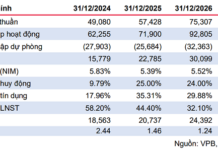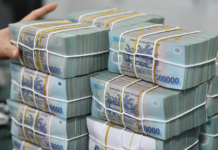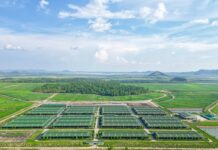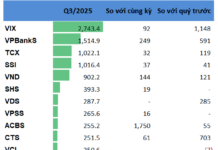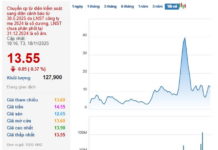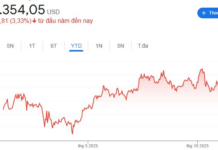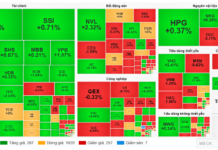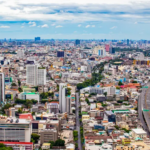
The Department of Agriculture and Environment of Hai Phong City has recently unveiled a new draft land price list, set to take effect from January 1, 2026, across the entire region. This updated draft aligns with the 2024 Land Law, eliminating the land price framework to ensure market-aligned pricing principles.
The highest proposed rate reaches 160 million VND per square meter, applicable to central streets such as Quang Trung (Hong Bang Ward), Cau Dat (Gia Vien Ward), Lach Tray (from Thanh Doi Intersection to Lach Tray Overpass), To Hieu (from Cau Dat to An Duong Intersection), and Nguyen Duc Canh (from Cau Dat to Tran Nguyen Han Intersection and from Tran Nguyen Han Intersection to Alley 233 Nguyen Duc Canh).
Other high-value streets include Dien Bien Phu (from Tran Hung Dao Intersection to Gia Vien Ward Intersection 6) at 150 million VND per square meter, Hai Ba Trung (from Cau Dat to Tran Nguyen Han Intersection) and Ho Sen – Cau Rao 2 (from To Hieu to Nguyen Van Linh) at 130 million VND per square meter. Streets like Da Nang (from Da Nang Intersection 6 to May To Intersection 6), Nguyen Duc Canh (from No. 235 to Lan Be Street), and Tran Nguyen Han (from An Duong Intersection to Hoang Minh Thao) are proposed at 100 million VND per square meter.
Following adjustments, Hai Phong will have 20 streets priced between 100 and 150 million VND per square meter, including 18 in East Hai Phong and 2 in West Hai Phong.
Previously, West Hai Phong had nearly 100 streets priced between 50 and 100 million VND per square meter. However, post-adjustment, fewer than half retain this pricing.
Additionally, in West Hai Phong, areas like Tran Hung Dao, Nguyen Trai, Tran Nhan Tong, Tran Lieu, and Nhi Chieu Wards have significantly lower urban land prices, ranging from 3 to 7 million VND per square meter. Some areas, such as Thanh Mai, Dong Chau, and Ho Giai Alleys, propose prices as low as 1.2 to 1.7 million VND per square meter.
Authorities note a substantial price disparity between West and East Hai Phong post-merger. Lower-priced areas face limited investment and development, impacting the business environment. In high-priced areas, residents struggle with financial obligations during land-use conversions.
To foster social consensus, Hai Phong is adjusting land prices to minimize regional disparities post-merger. Consequently, prices in parts of Hai Duong City (now West Hai Phong Urban Area) will decrease, while East Hai Phong prices will rise.
TT AVIO: The Ultimate All-in-One Lifestyle Hub in Eastern Ho Chi Minh City
When a home transcends being merely a place to return to, becoming instead a sanctuary for health, a haven for the soul, and a space that seamlessly integrates work, rest, experiences, and connections within its own grounds, its value far exceeds that of an ordinary apartment.
Implementing New Land Price List Effective January 1, 2026: Preventing Adverse Effects
The newly released land price list, effective from January 1, 2026, is expected to closely reflect market values. However, it has raised concerns among experts, who fear it may significantly increase investment costs, drive up selling prices, and potentially limit access to housing for the general public.





